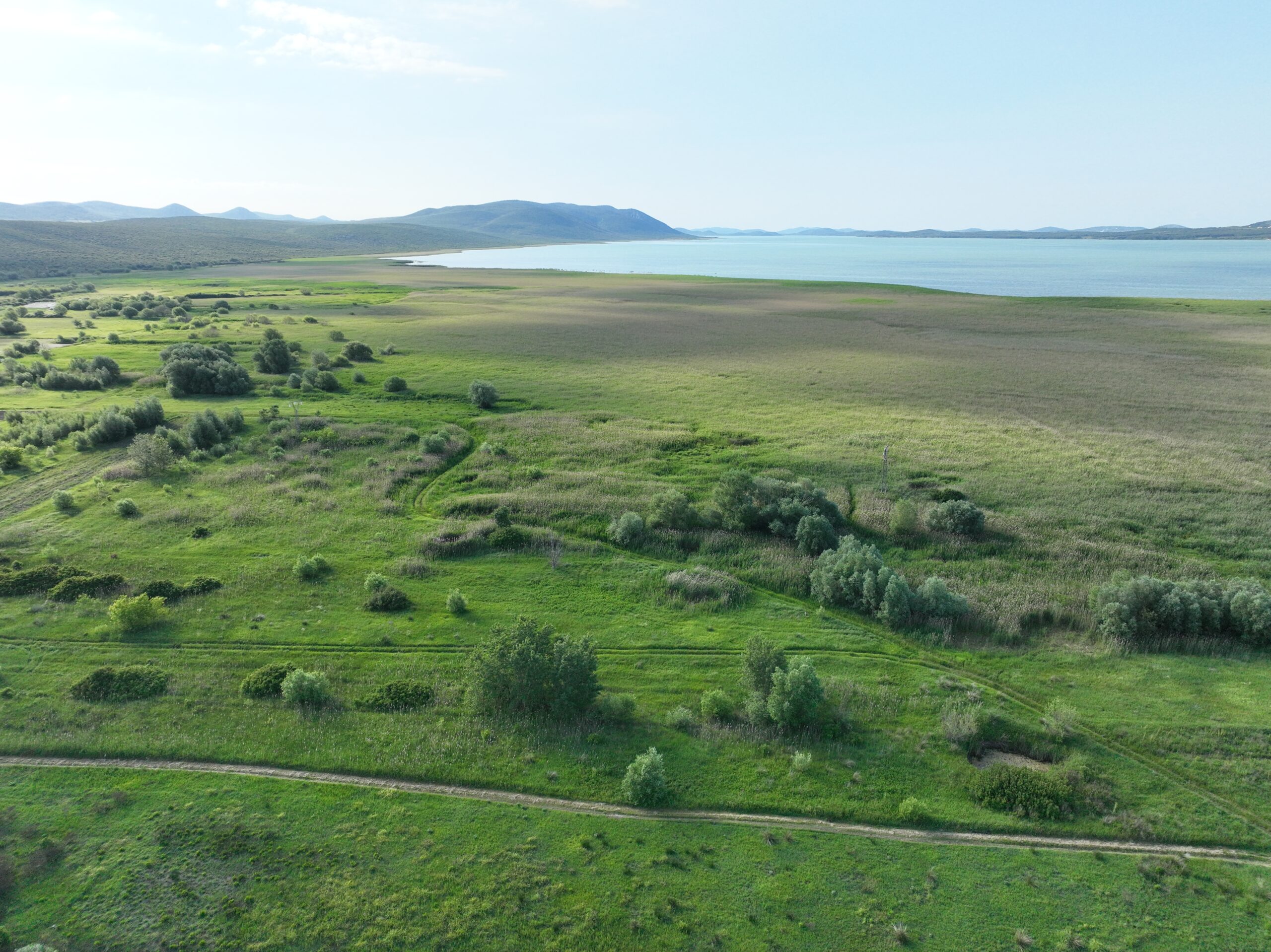A total of three workshops (on 24 April, 21 May and 16 September 2025) brought together representatives of several sectors – public, civil, scientific and private – who are in various ways connected to the Vransko Lake and Vransko Field area. The aim of the entire process was to transfer the methodology based on the tool called a “Roadshow”, which in the context of the WE GO COOP project is defined as a series of participatory and structured workshops designed to improve coordination and coherence between national, regional and local planning and management instruments and to address the following objectives:
1. Governance and local participation: promoting the active involvement of public authorities, the private sector, NGOs and the local community.
2. Strengthening coordination: fostering cooperation and coherence between planning and management instruments at national, regional and local levels.
3. Diagnosis of local challenges: identifying the main environmental, economic and social issues and refining the contextual analysis of local circumstances.
4. Development of a strategy for the pilot area: in collaboration with stakeholders, establishing a medium and long-term strategy for the sustainable management of the wetland, with clearly defined objectives and actions.
5. Formalisation of commitments: reaching agreements among stakeholders through the preparation of a Local Protocol.
6. Awareness raising: highlighting the ecological and social value of wetlands, promoting responsibility and stewardship among stakeholders.
The process applied to the wetlands of Vransko Lake and Vransko Field included the following steps:
1. Preliminary context analysis: studying environmental, social, economic and legal aspects of the area, based on existing information and stakeholder input.
2. Stakeholder mapping: identifying and mobilising relevant actors with influence or involvement in the management of the area.
3. Participatory workshops introducing the WE GO COOP project and the Wetlands Contract methodology: presenting needs, opportunities and good practices, analysing values and threats to wetlands, and carrying out a participatory SWOT analysis to define strengths, weaknesses, opportunities and threats for joint management.
4. Drafting a Strategy for the Sustainable Management of Vransko Lake and Vransko Field: including a shared vision, objectives and related activities to achieve them, developed collaboratively with stakeholders.
5. Final validation and signing of the Local Protocol: at the last workshop, the draft Strategy was reviewed and validated, and the Local Protocol was signed, formally recognising how the methodology was applied and accrediting the commitments undertaken.


